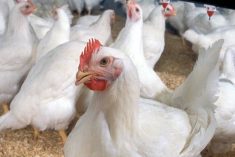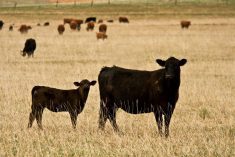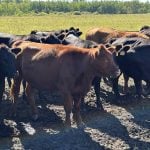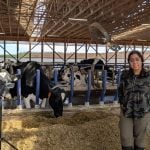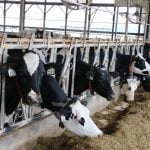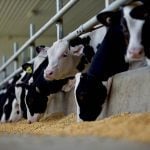Hog and poultry producers will no longer need a Canadian Food Inspection Agency permit to feed food products such as stale-dated bread, pasteurized milk and vegetable wastes to their livestock, the agency announced Wednesday.
The agency has previously issued permits to livestock producers, albeit very few and all in Eastern Canada, for the feeding of what it called edible residual material or ERM under the federal Health of Animals Regulations.
The agency had also previously issued permits for feeding of scraps of meat, meat byproducts and ERM suspected of containing meat, but stopped issuing such permits in 2001 following an outbreak of foot-and-mouth disease in the U.K., traced back to the feeding of imported restaurant leftovers.
Read Also
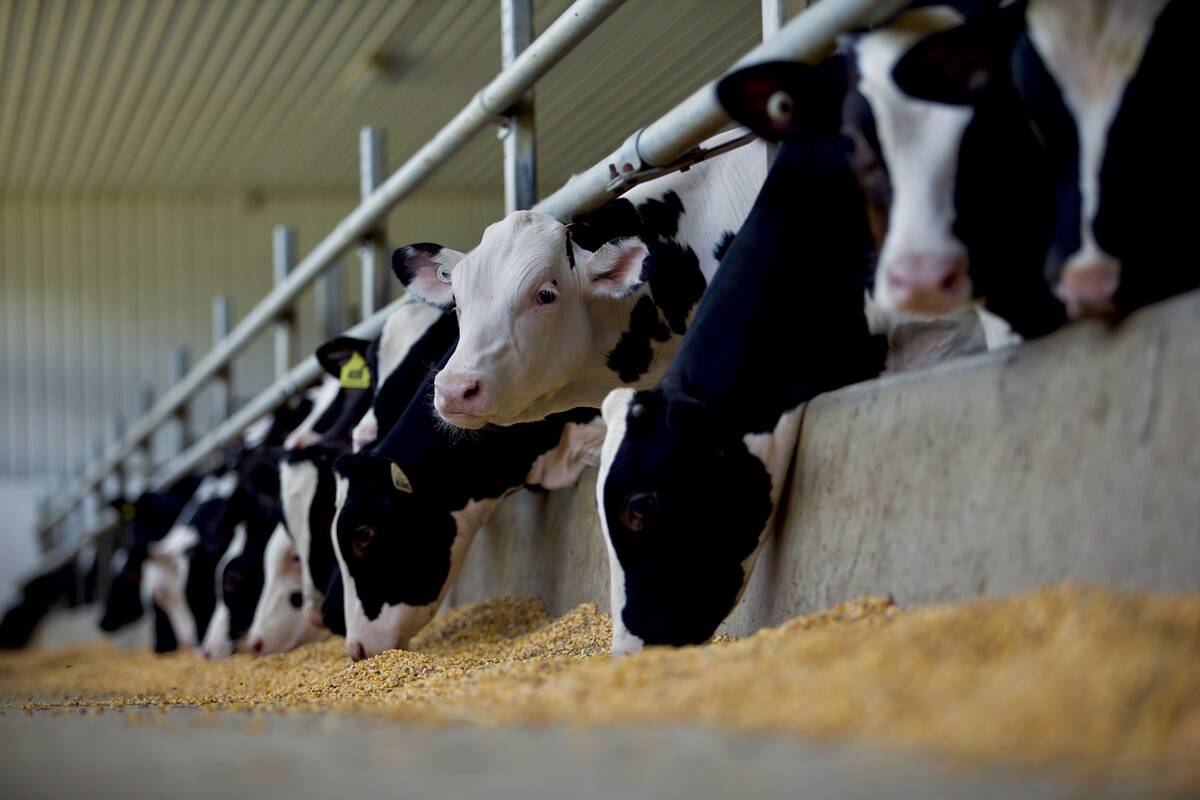
Confusion cleared on Canadian calf import changes
A Canadian Food Inspection Agency (CFIA) announcement on import regulations for feeder calves caused some confusion on the administrative side of Canada’s cattle industry earlier this month
A ban on feeding meat ERM to swine and poultry has now been imposed separately in the Health of Animals regulations. Thus, ending the Health of Animals permit system for products such as bakery waste, dairy processing byproducts and vegetables “will remove this regulatory burden which no longer serves a disease control role,” CFIA wrote.
CFIA doesn’t have any regulations that deal with feed that’s “just found, or not purchased,” Dr. Carolyn Inch, CFIA’s national disease control manager, told the Manitoba Co-operator in July 2007, when these amendments were first proposed.
“Our feeling is, given that it’s not a big practice and there’s not a regulation covering it, it’s really something the swine industry should deal with through its quality assurance program.”
Keeping an ERM permit system in place would “also prolong a situation in which importing countries are not accepting Canadian pork, as some countries do not support the practice of feeding ERM,” CFIA wrote.
“For example, Indonesia and Singapore have stipulated that they will not accept pork from pigs that are fed ‘swill’ (ERM containing meat and/or slaughter waste). For that reason, a complicated system of identification of abattoirs accepting pigs being fed ERM (has been) required to accommodate that market.”
Any safety concerns over feeding of non-meat-related ERMs would now be addressed solely in the federal Feeds Regulations, the agency said. For most producers who feed non-meat ERMs, it would be business as usual.
“The use of these (non-meat) byproducts as livestock feed is environmentally favourable, reducing the amount of materials being disposed of in landfill sites,” CFIA wrote.
Furthermore, CFIA’s feeds program is “currently developing a policy document for guidance on the safe manufacture and use of these types of food byproducts as feed.”
The change in regulations may mean CFIA incurs “marginal costs for compliance purposes,” although efforts will be made to combine inspections with other activities, the agency said.
CFIA inspectors will continue random occasional inspections of previous ERM permit holders for a limited time as a follow-up to the removal of these permits, the agency said.
The Feeds Regulations in question applied only to swine and poultry and won’t affect accepted practices such as using french fries from potato-processing plants for cattle feed, Inch noted in July.





